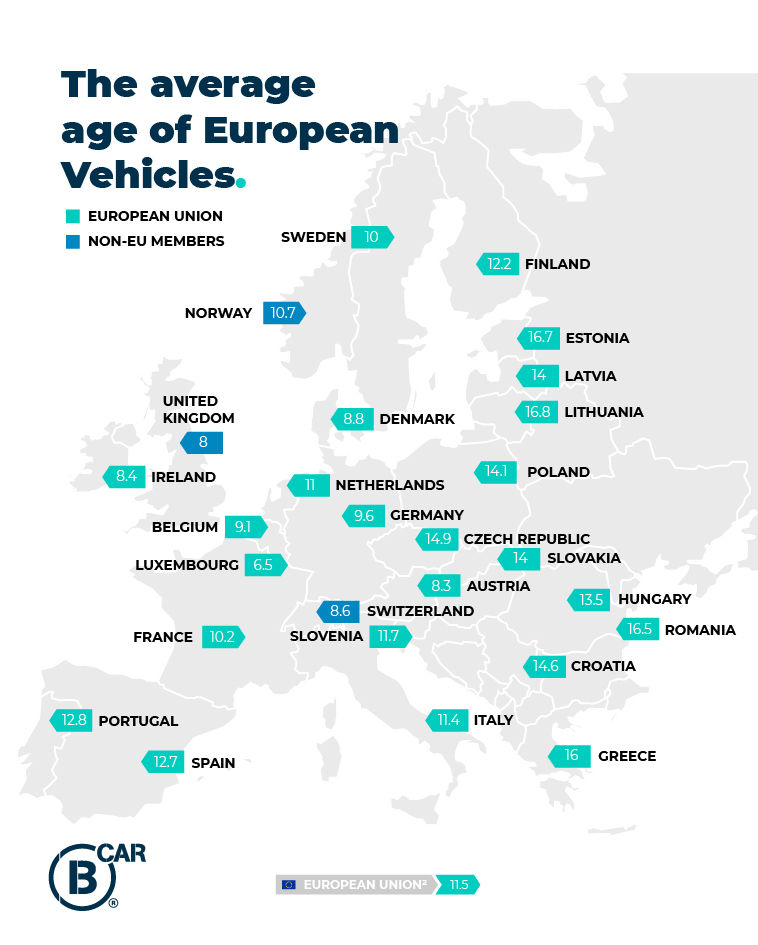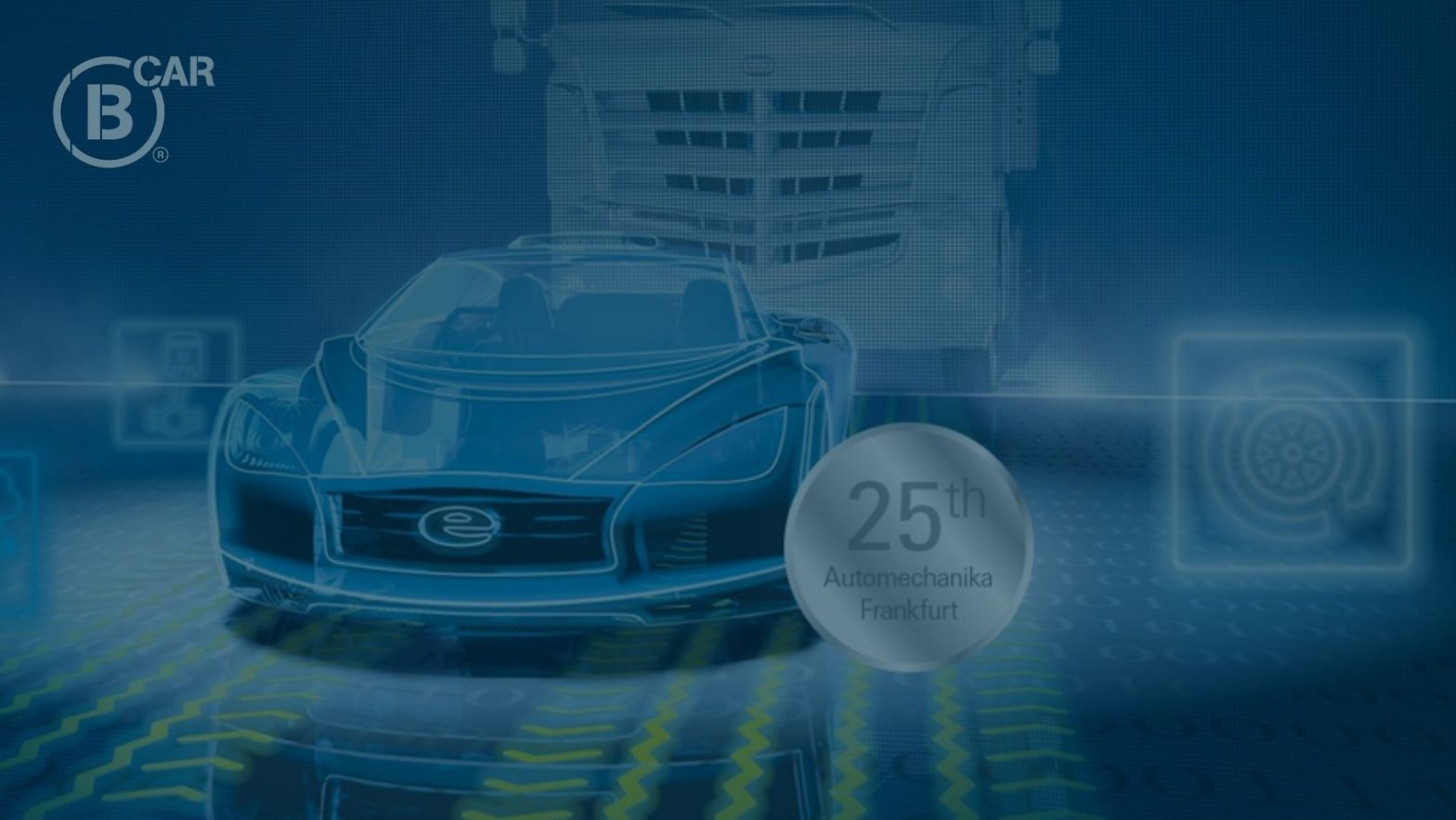
What is the car fleet like in Europe?
European car fleet
Nowadays, according to the ACEA report, there are 280 million vehicles in Europe and the average age is currently 11. 5 years. COVID-19 has affected Europe’s car fleet by reducing new car sales and therefore ageing the cars in use.

Some of the main negative consequences of the increase in the average age of Europe’s car fleet are increased environmental pollution and reduced road safety.
Similarly, a decrease in car purchases means that there is a greater need for car repairs. This fact has a direct impact on products demand in the Aftermarket sector.
Car fleet in Spain
In Spain during 2007 on the eve of the economic crisis, the average age of cars was 8 years. Today, that average age has risen to 12. 7 years. A fact that places Spain among the countries with the average number of oldest cars in Europe.
Spain’s car fleet currently has 29 and a half million vehicles in circulation. Of this fleet, just over 40% are vehicles over 15 years old.
Environmental impact and road safety
In Europe, the average age of the vehicle fleet is around 11. 5 years. What impact does this ageing have on pollution and road safety? Over the last few years, a major effort has been made to minimise pollution in Europe,
In fact, the European automotive industry, one of the most regulated sectors on the continent, has more than 100 EU regulations and 80 managers covering occupations.
Many of these regulations are aimed at creating cleaner and safer cars. In the recent European regulation, they agreed to reduce emissions of gaseous pollutants by tightening emission controls both for vehicles already in use and for the automotive industry.
Older vehicles emit up to 80% more NOX and 30% more CO2, the gases responsible for polluting cities.
In other words, the renewal of the fleet is positive both from an environmental point of view and from the point of view of road safety, because it also introduces systems and technologies that prevent accidents and, if they occur, reduce their incidence.
Over time, many elements of the car suffer. Partly because every piece has to be in good condition for safe performance.
Everything that has to do with braking systems, exhaust systems, suspension or catalytic converters are parts that, even if they are changed, lose a lot of efficiency through time.
The electrical system and the switchboard have more and more breakdowns. Therefore they are more expensive. The average repair cost per year is estimated at €390.
The demand for products in the AfterMarket Sector will increase
For the AfterMarket sector, this ageing of the vehicle fleet will mean a significant increase in demand over the next few years.
According to the Aftermarket magazine Zepros Auto, in the European car fleet, the Aftermarket services use are 59% compared to the market share of original equipment which remains at 41%.
The aftermarket has not been as affected as the sale of new vehicles, it is expected to end the year with 30% less than previous years.
A car is not for life, but we can prolong its age for a few years responsibly.





